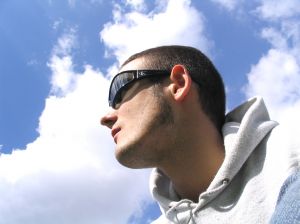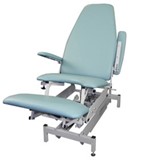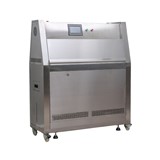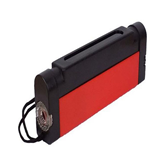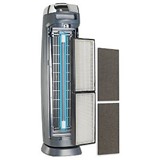This is despite 60 per cent of respondents indicating they are concerned about the risk of UV damage to their eyes.
According to the survey of 1,000 Australians, only half of adults ensure they always wear sunglasses on sunny days, while another seven per cent never wear protective lenses.
"These results show that people continue to spend time outdoors without adequate sun protection, regardless of the health risks," said OAA Professional Services Manager Shirley Loh.
"Australia’s high levels of UV can cause long-term and permanent harm to the health of your eyes. Because damage is cumulative, the choices you make now will affect you in the future," she said.
While concerned about UV damage, two-thirds of survey participants were uncertain about the specific eye health risks including cataracts, eye cancer and pterygium.
Pterygium – an overgrowth of tissue at the front of the eye – is one of the most common eye conditions associated with UV damage and can develop in people as young as 20. UV also contributes to macular degeneration – one of the leading causes of blindness in Australia.
"There is an enormous range of sunglasses and tinted lens products on the market, some of which may be more effective and appropriate than others," Loh said.
"When purchasing sunglasses, check which category under the Australian Standard (AS/NZS 1067) they comply with, and remember they are categorised from 0 to 4, with categories 2 and 3 being the most suitable for everyday use.
"Protective lenses that adjust to changing light conditions like Transitions lenses are a convenient option for people who wear prescription glasses," Loh said.
Sue Heward, SunSmart Manager, advises "Get into the habit of checking the UV Alert on a daily basis - when the UV Index is 3 or above, a combination of the sun protection measures is required including clothing, sunscreen, hats, sunglasses and shade."
OAA launched its UV Protection campaign this week, urging all Australians to make protecting their eyes from UV damage a part of their everyday routine.
Optometrists are experts in vision care and can assist Australians in selecting the right sunglasses for their lifestyle. For more information on pterygium or other eye conditions, see an optometrist or visit: www.optometrists.asn.au.
You can also download a brochure from the campaign website at: www.optometrists.asn.au/uv
Tips for protecting your eyes against UV damage:
- Make a habit of wearing sunglasses or protective lenses when outdoors, including on overcast and cloudy days.
- When purchasing sunglasses, look for high category (Australian Standard) lenses and remember that a higher retail price does not necessarily mean better protection.
- Sunglasses that wrap around the face and are close-fitting provide better protection against UV damage.
Lenses that automatically adjust to changing light conditions provide convenient UV and glare protection for prescription lens wearers. - Ask your local optometrist to check the fit of your sunglasses or UV protective lenses.
Visit your optometrist regularly for an eye examination.

